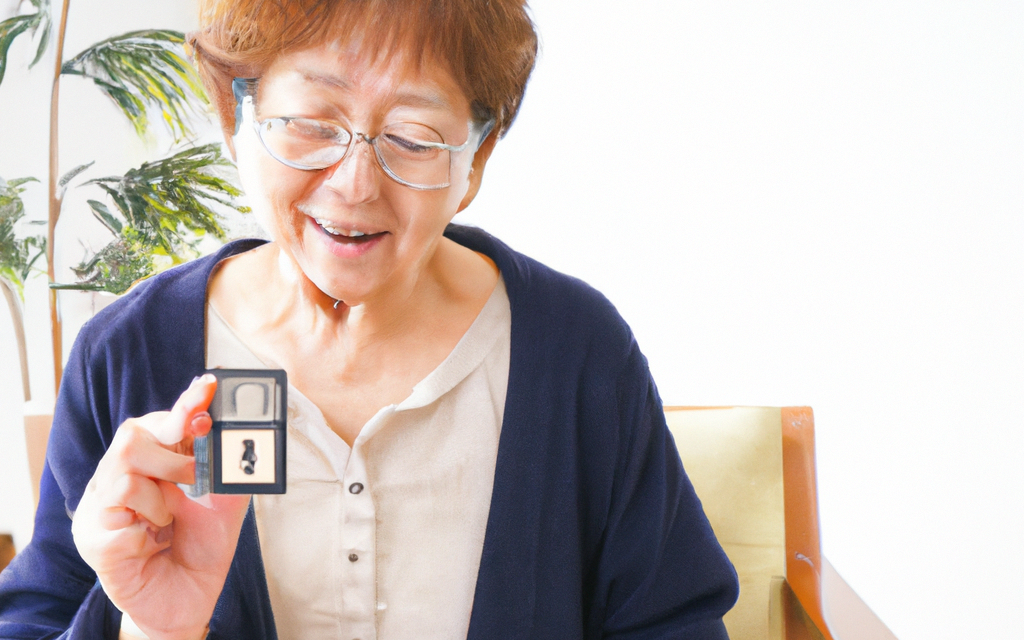In a significant breakthrough, researchers in the UK have developed a new test that can predict dementia up to nine years before a diagnosis is made. This advancement is poised to benefit over 55 million people worldwide who are affected by dementia.
Developed by scientists at Queen Mary University of London, the new test is based on the analysis of functional MRI (fMRI) scans. It detects changes in the brain’s ‘default mode network’ (DMN), which connects various regions of the brain to perform specific cognitive functions. The DMN is the first neural network affected by Alzheimer’s Disease, making it a critical focus for early detection.
The team, led by Charles Marshall from Queen Mary’s Wolfson Institute of Population Health, emphasized the importance of this predictive test. Marshall described it as “vital for developing treatments that can prevent the irreversible loss of brain cells that causes the symptoms of dementia.”
Using fMRI scans from over 1,100 volunteers, the researchers estimated the effective connectivity between ten regions of the brain that constitute the DMN. The findings, published in the journal Nature Mental Health, revealed that the model had accurately predicted the onset of dementia with over 80 percent accuracy, nine years before an official diagnosis. Additionally, in cases where volunteers eventually developed dementia, the model could predict the diagnosis timeline within a two-year margin of error.
The study also highlighted the strong association between genetic risk for Alzheimer’s and connectivity changes in the DMN. Moreover, social isolation was found to negatively impact DMN connectivity, raising the risk of dementia.
This new test marks a substantial improvement over existing methods such as memory tests or measurements of brain shrinkage, which are significantly less accurate. The ability to predict dementia with such precision offers hope for early intervention strategies and improved treatment options, potentially altering the course of the disease for millions.












